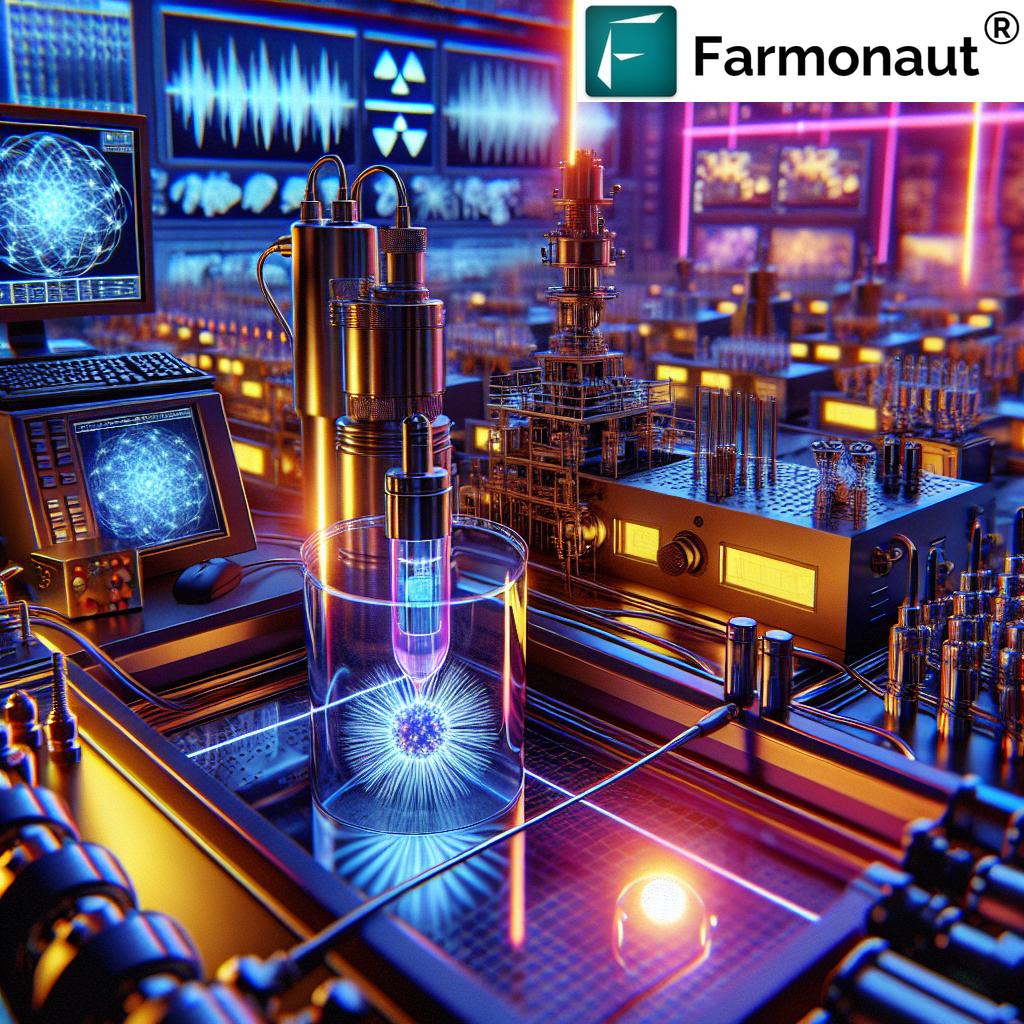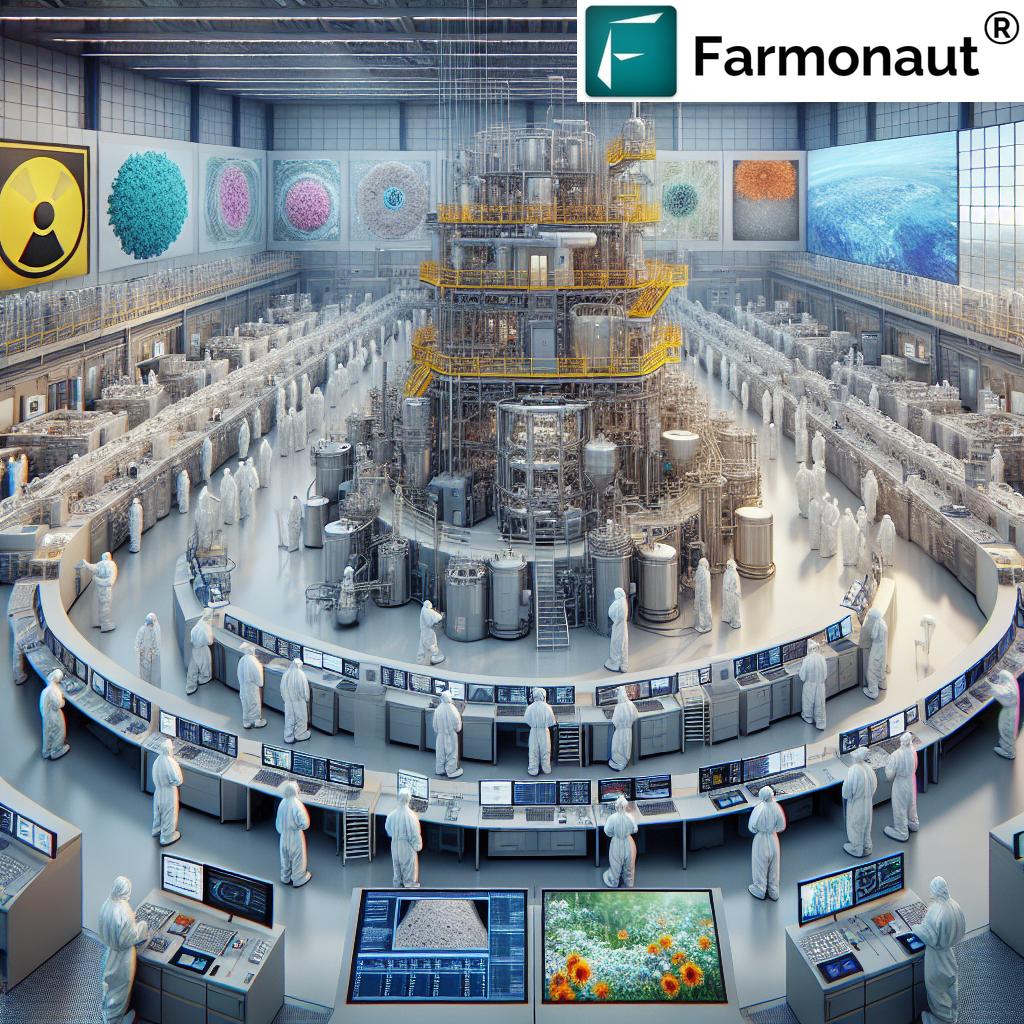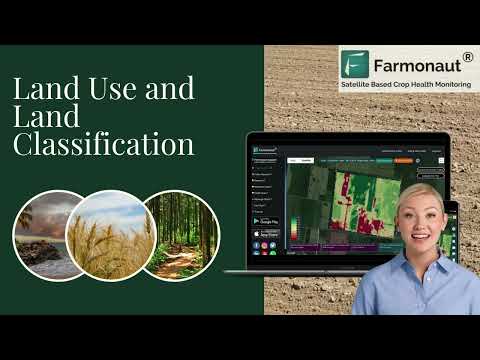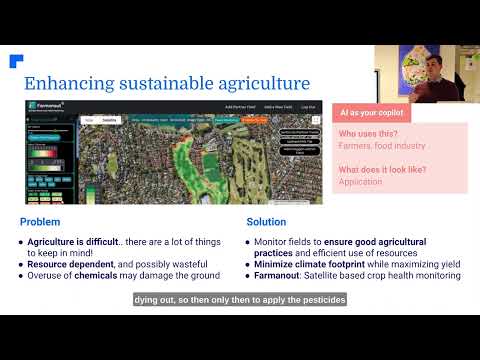Groundbreaking Laser Spectroscopy Advances in Washington: Revolutionizing Radioactive Waste Management and Environmental Science
“Laser spectroscopy techniques have revolutionized the study of f-block elements, impacting research on over 30 radioactive isotopes.”
In the realm of scientific research and environmental science, groundbreaking advancements are constantly reshaping our understanding of critical elements and their impact on our world. Today, we delve into the fascinating world of laser spectroscopy and its revolutionary applications in radioactive waste management, particularly focusing on the remarkable achievements of a renowned chemist in Washington state.
The Pinnacle of Scientific Recognition: AAAS Fellowship
We are thrilled to announce that Chemist Zheming Wang, a distinguished researcher at the Department of Energy’s Pacific Northwest National Laboratory (PNNL), has been elected as a Fellow of the American Association for the Advancement of Science (AAAS). This prestigious recognition is the highest honor bestowed by AAAS, the world’s largest multidisciplinary scientific society.
Dr. Wang’s election as an AAAS Fellow is a testament to his exceptional contributions to the field of chemistry, particularly in the study of radioactive and advanced energy materials. His work has significantly advanced our understanding of critical elements and their environmental impact, paving the way for innovative approaches to radioactive waste management.

Unraveling the Mysteries of F-Block Elements
At the heart of Dr. Wang’s research lies the exploration of “f-block” elements, those enigmatic residents of the periodic table’s bottom two rows. These elements, known for their unique properties such as magnetism, colorful light emission, and radioactivity, play a crucial role in our understanding of radioactive waste and its behavior in contaminated soils.
Through his innovative use of advanced laser spectroscopy techniques, Dr. Wang has shed light on the chemical nature of these elements, providing invaluable insights for safety, security, and environmental concerns. His work has been instrumental in addressing critical questions related to the management of radioactive waste at Department of Energy sites like Hanford and Savannah River.
The Power of Laser Spectroscopy in Environmental Science
Laser spectroscopy stands at the forefront of modern analytical techniques, offering unparalleled sensitivity in detecting minute changes in light and vibration. This sensitivity is crucial for understanding the molecular interactions of materials that are central to numerous national interests, including critical elements and advanced energy materials.
Dr. Wang’s expertise in laser-based instruments has enabled him to push the boundaries of what’s possible in environmental science and radioactive waste management. By harnessing the power of light, these techniques allow scientists to peer into the atomic world, uncovering secrets that were previously hidden from view.
Advancing National Research Initiatives
Throughout his illustrious 30-year career at PNNL, Dr. Wang has been at the forefront of numerous research projects funded by the Department of Energy and other federal agencies. His current contributions to multi-institutional research efforts are particularly noteworthy:
- DOE’s Geosciences program at PNNL: This initiative focuses on understanding the fundamental geochemical processes that impact the fate and transport of contaminants in the environment.
- IDREAM (Interfacial Dynamics in Radioactive Environments and Materials): An Energy Frontier Research Center dedicated to exploring complex chemical phenomena in highly radioactive waste and resolving long-standing challenges in industrial aluminum processing.
- Critical Element Extraction Projects: These studies aim to develop innovative methods for extracting and processing critical elements, many of which fall within the f-block category.
“A single AAAS Fellow’s contributions to radioactive waste management can influence the safety of millions of gallons of nuclear waste.”
Laser Spectroscopy: A Game-Changer in Radioactive Waste Management
The application of laser spectroscopy in radioactive waste management has revolutionized our approach to handling and processing these hazardous materials. Let’s explore some of the key techniques and their implications:
| Spectroscopy Technique | Key Elements Studied | Environmental Applications | Safety Implications |
|---|---|---|---|
| Laser-Induced Breakdown Spectroscopy (LIBS) | Uranium, Plutonium, Americium | Real-time analysis of radioactive waste composition | Enables rapid detection of hazardous materials, improving handling protocols |
| Raman Spectroscopy | Neptunium, Curium, Berkelium | Monitoring chemical speciation in waste storage tanks | Enhances understanding of waste behavior, reducing risks during processing |
| Laser Ablation-Inductively Coupled Plasma-Mass Spectrometry (LA-ICP-MS) | Thorium, Californium, Einsteinium | Trace element analysis in contaminated soils | Improves site characterization, aiding in remediation strategies |
| Time-Resolved Laser Fluorescence Spectroscopy (TRLFS) | Europium, Terbium, Dysprosium | Studying lanthanide interactions in waste forms | Informs development of more stable waste immobilization techniques |
These advanced spectroscopic techniques have transformed our ability to analyze, monitor, and manage radioactive waste, leading to significant improvements in environmental safety and waste processing efficiency.
Innovations in Waste Processing: A Leap Forward
Dr. Wang’s research has been instrumental in driving innovations in waste processing technologies. By leveraging the power of laser spectroscopy, scientists can now:
- Develop more efficient waste separation techniques
- Design advanced materials for waste immobilization
- Improve long-term storage solutions for radioactive materials
- Enhance remediation strategies for contaminated sites
These advancements not only contribute to more effective waste management but also significantly reduce the environmental impact of radioactive materials.

The Environmental Impact of F-Block Elements
Understanding the environmental impact of f-block elements is crucial for developing effective strategies to mitigate potential risks associated with radioactive waste. Dr. Wang’s research has shed light on:
- The mobility of radioactive elements in soil and groundwater
- Chemical reactions that influence the behavior of waste in storage
- Long-term effects of radiation on surrounding ecosystems
- Potential pathways for environmental contamination
This knowledge is invaluable for policymakers, environmental scientists, and waste management professionals working to protect our environment and public health.
Bridging Academia and Industry: A Collaborative Approach
Dr. Wang’s career exemplifies the power of collaboration between academia and industry. His joint appointment at Washington State University has allowed him to:
- Foster interdisciplinary research initiatives
- Mentor the next generation of scientists and engineers
- Facilitate knowledge transfer between academic institutions and national laboratories
- Drive innovation in both theoretical and applied research
This collaborative approach has been instrumental in accelerating progress in the field of radioactive waste management and environmental science.
The Future of Environmental Science and Waste Management
As we look to the future, the advancements pioneered by Dr. Wang and his colleagues pave the way for even more groundbreaking discoveries. Some exciting prospects include:
- Development of novel materials for radiation shielding
- Advanced AI-driven modeling of radioactive waste behavior
- Integration of remote sensing technologies for environmental monitoring
- Exploration of sustainable nuclear energy solutions
These innovations promise to further enhance our ability to manage radioactive waste safely and efficiently, while minimizing environmental impact.
Empowering the Next Generation of Researchers
Dr. Wang’s commitment to education and mentorship has played a crucial role in shaping the future of environmental science. Through his efforts:
- Numerous graduate and undergraduate students have gained hands-on research experience
- High school students from the Richland School District have been introduced to cutting-edge scientific techniques
- A new generation of scientists has been inspired to tackle complex environmental challenges
This investment in education ensures that the field of radioactive waste management and environmental science will continue to thrive and innovate for years to come.
Global Impact and Recognition
The significance of Dr. Wang’s work extends far beyond the borders of Washington state. His research has global implications for:
- International nuclear waste management strategies
- Environmental protection policies
- Sustainable energy development
- Scientific collaboration across borders
The recognition of Dr. Wang as an AAAS Fellow places him among esteemed company, including astronaut Mae Jemison, Nobel laureate Steven Chu, and computer science pioneer Grace Hopper. This honor underscores the critical importance of his contributions to science and society.
Conclusion: A Brighter, Safer Future Through Science
The groundbreaking laser spectroscopy advances in Washington, spearheaded by Dr. Zheming Wang and his colleagues, represent a significant leap forward in our ability to manage radioactive waste and protect our environment. These innovations not only enhance our understanding of complex chemical phenomena but also provide practical solutions to some of the most pressing challenges in environmental science.
As we celebrate Dr. Wang’s recognition as an AAAS Fellow, we are reminded of the power of scientific research to transform our world. Through continued investment in advanced technologies and collaborative research initiatives, we can look forward to a future where radioactive waste management is safer, more efficient, and environmentally sustainable.
The journey of discovery continues, and with each breakthrough, we move closer to a cleaner, safer planet for generations to come.
FAQ Section
- What is laser spectroscopy?
Laser spectroscopy is an analytical technique that uses laser light to study the interaction between light and matter, providing detailed information about the structure and properties of atoms and molecules. - How does laser spectroscopy contribute to radioactive waste management?
It enables precise analysis of radioactive materials, helping scientists understand their behavior, develop better containment strategies, and improve waste processing techniques. - What are f-block elements?
F-block elements are found in the bottom two rows of the periodic table and include lanthanides and actinides. Many of these elements are radioactive and play a crucial role in nuclear science and waste management. - Why is Dr. Wang’s research important for environmental science?
His work provides critical insights into the behavior of radioactive elements in the environment, informing strategies for contamination prevention, site remediation, and long-term waste storage. - What is the significance of being elected as an AAAS Fellow?
AAAS Fellowship is a prestigious recognition of a scientist’s contributions to their field, acknowledging their impact on advancing science and its applications for the benefit of society.
Earn With Farmonaut: Join our Affiliate Program
Earn 20% recurring commission with Farmonaut’s affiliate program by sharing your promo code and helping farmers save 10%. Onboard 10 Elite farmers monthly to earn a minimum of $148,000 annually—start now and grow your income!
For developers interested in integrating Farmonaut’s powerful satellite and weather data into their applications, check out our API and API Developer Docs.






